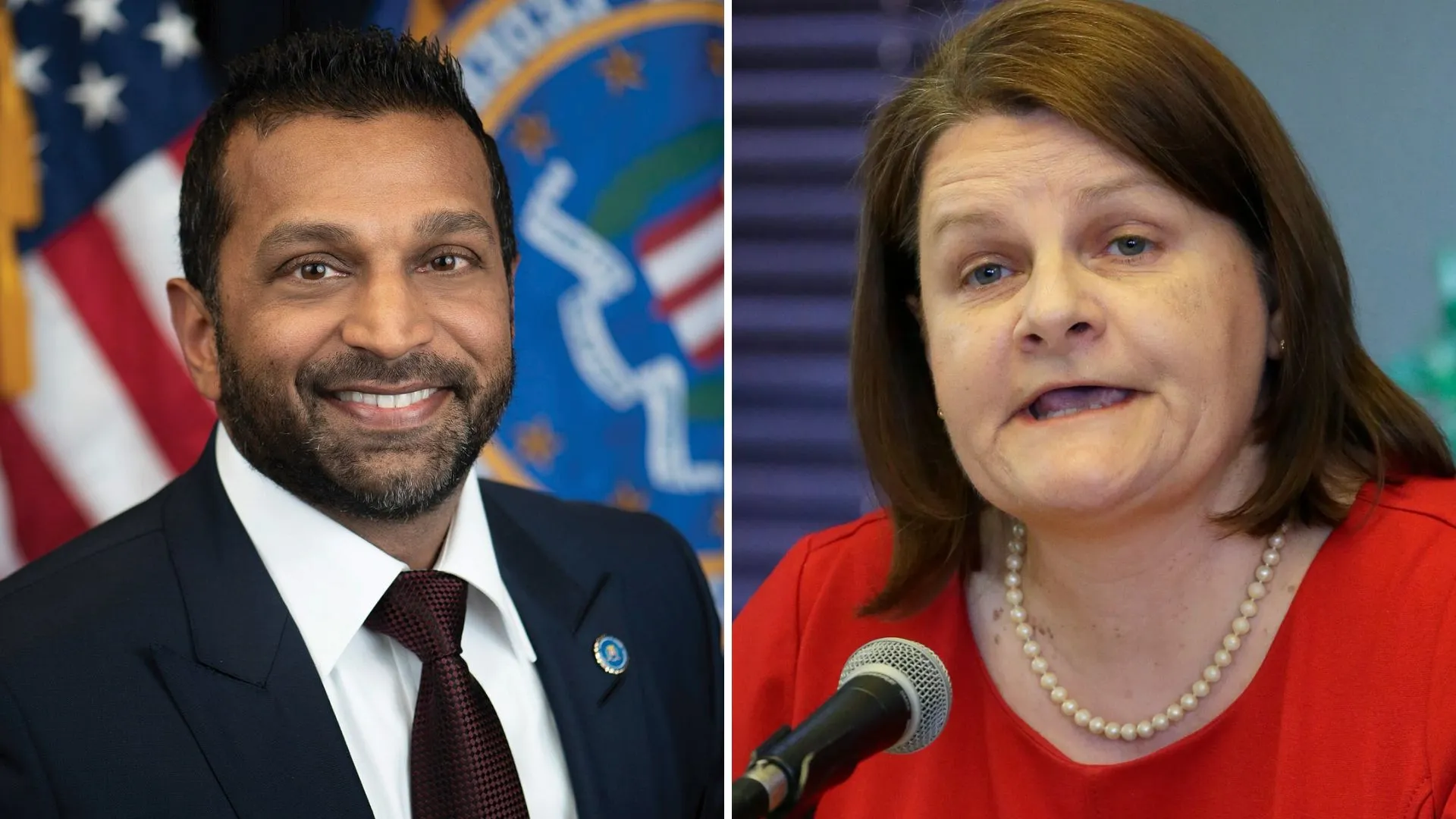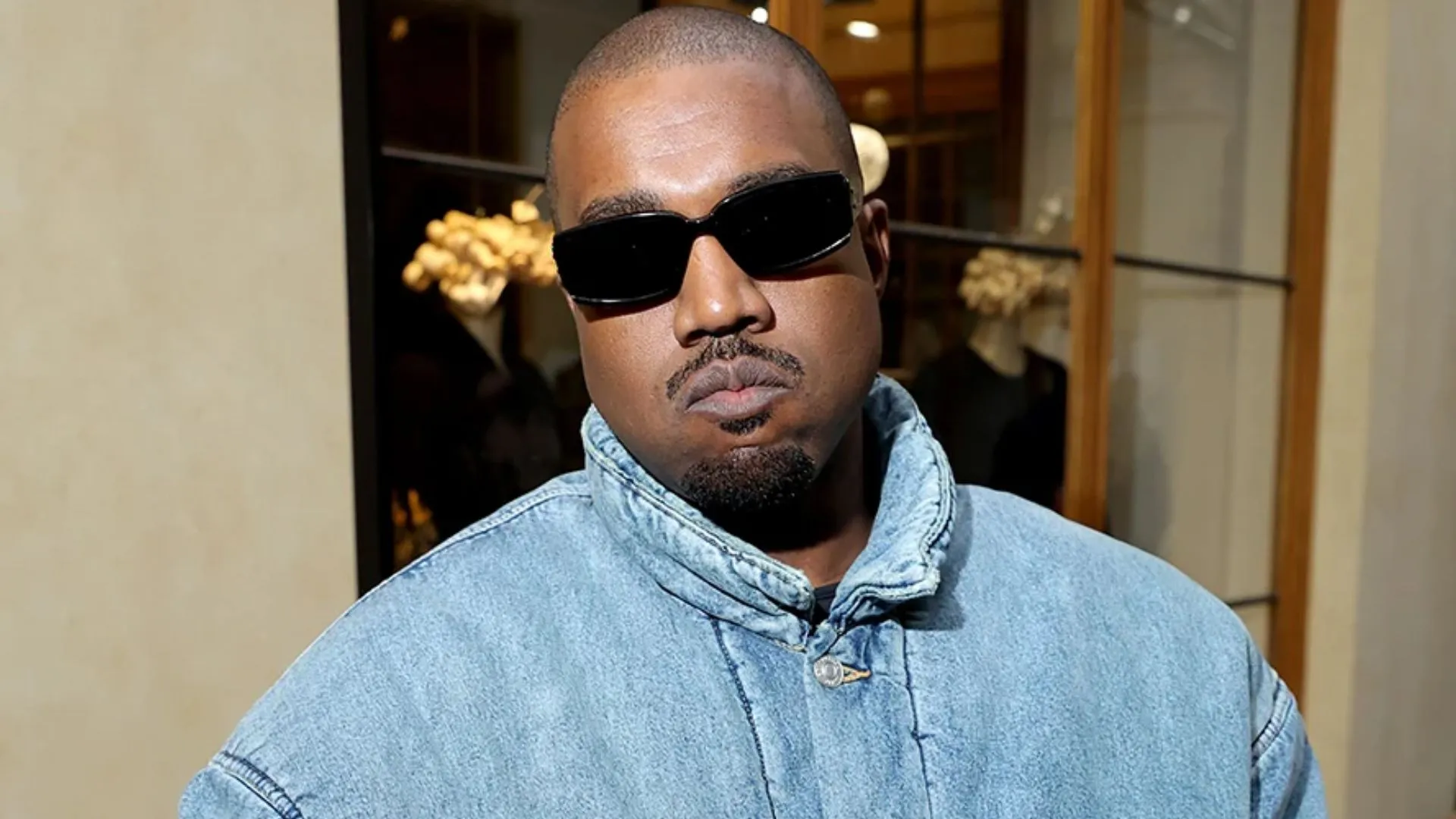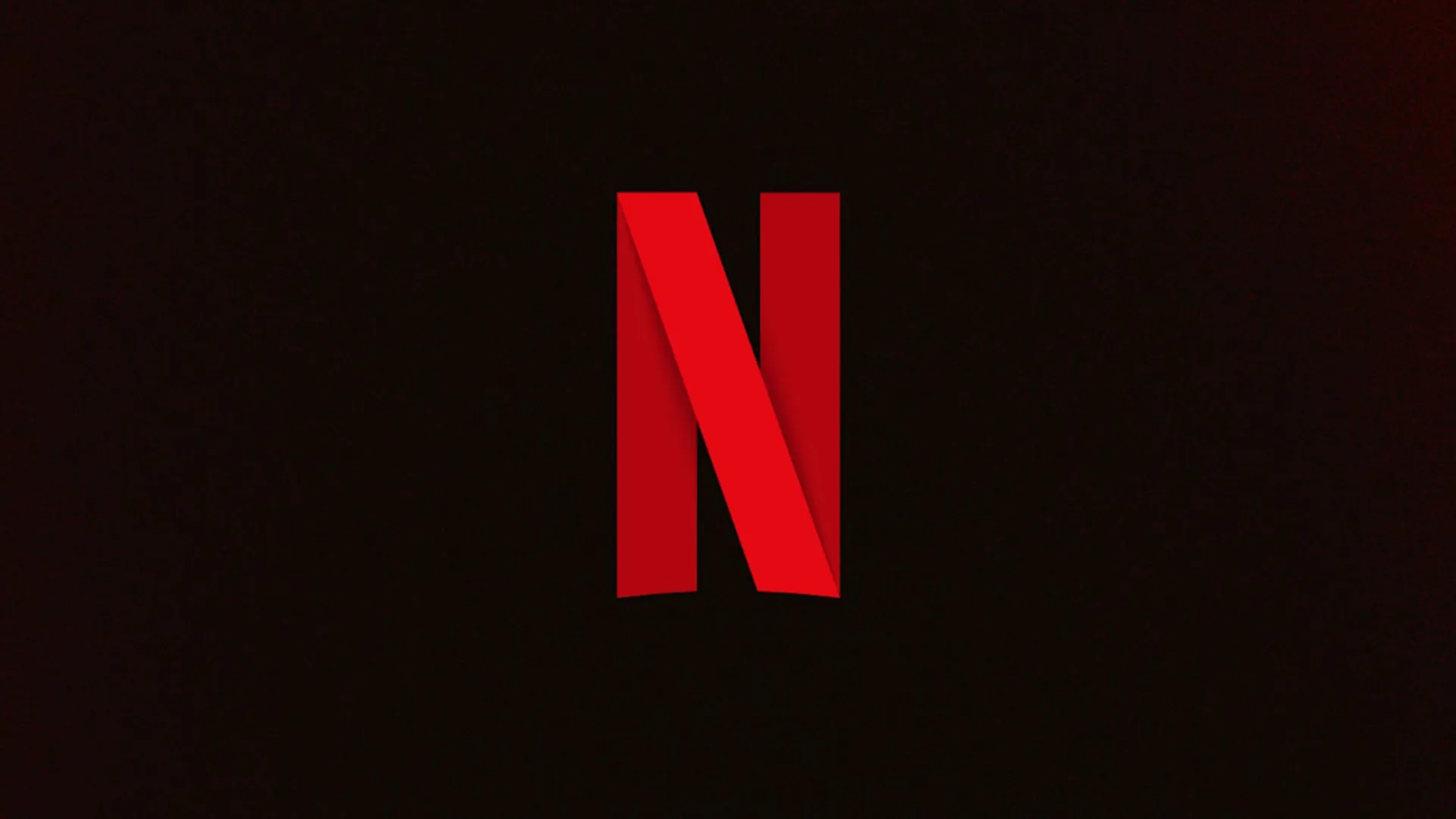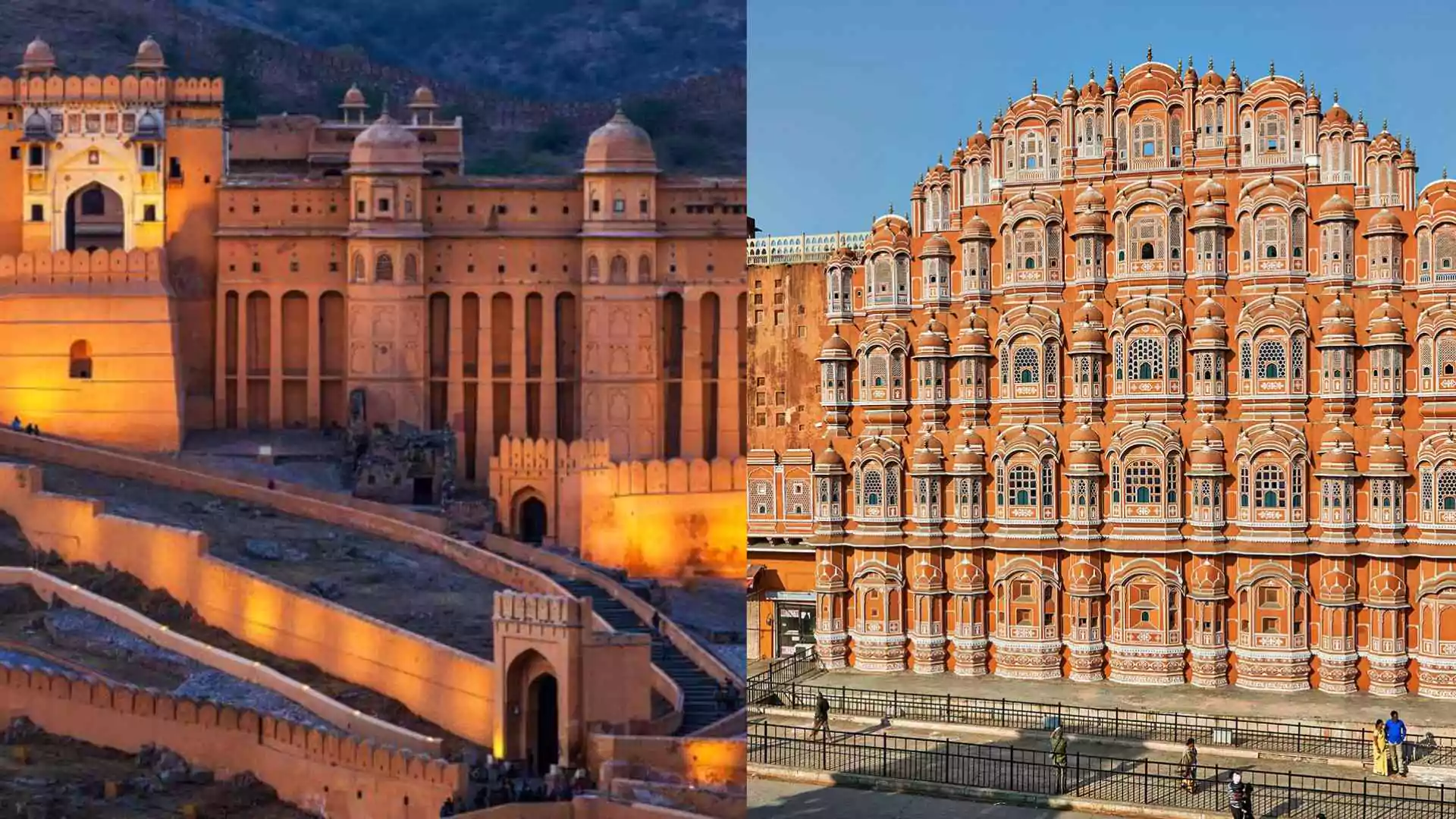As Pride Month commences with vibrant events worldwide, it comes against a backdrop of evolving political landscapes and ongoing struggles for LGBTQ+ rights, particularly in the United States. Pride Month is an annual celebration that honors the LGBTQ+ (Lesbian, Gay, Bisexual, Transgender, Queer/Questioning, and others) community. It’s marked by events such as parades, parties, workshops, and concerts, often promoting visibility, equality, and diversity.
Pride Month is celebrated in June to commemorate the Stonewall riots, which occurred in June 1969. These riots are widely regarded as a pivotal moment in the LGBTQ+ rights movement. The events at the Stonewall Inn, a gay bar in New York City, sparked a series of protests and demonstrations by LGBTQ+ individuals against police harassment and discrimination.
The timing of Pride Month in June aligns with the anniversary of the Stonewall riots, serving as a reminder of the struggles and activism that led to the modern LGBTQ+ rights movement. It provides an opportunity for LGBTQ+ people and allies to come together, celebrate progress, and advocate for continued equality and acceptance.
Additionally, June was chosen for Pride Month because it marks the beginning of summer in the Northern Hemisphere, allowing for outdoor events and parades to take place in more favorable weather conditions. This facilitates larger gatherings and visibility for the LGBTQ+ community and its supporters.
WHY IS PRIDE MONTH CELEBRATED IN JUNE?
The Stonewall riots are often seen as the catalyst for the modern LGBTQ+ rights movement. Prior to Stonewall, LGBTQ+ individuals faced widespread discrimination, harassment, and violence. The raid on the Stonewall Inn and the subsequent protests marked a turning point, as LGBTQ+ people began to organize and demand equal rights and treatment under the law. The first Pride parades were organized to commemorate the anniversary of the Stonewall riots. These early events were often small and grassroots, but they laid the foundation for the larger, more visible Pride celebrations that would follow in the years to come. Pride events provided LGBTQ+ people with a sense of community, solidarity, and empowerment.
Spread and Evolution: Pride Month has grown from its origins in New York City to become a global phenomenon. Pride events now take place in cities and towns around the world, with millions of people participating each year. Pride Month is a time for LGBTQ+ people and allies to come together, celebrate diversity, and advocate for equal rights and acceptance.
What’s Being Celebrated?
Pride Month festivities are emblematic of the strides made in LGBTQ civil rights. Recent victories include legal advancements such as same-sex marriage legalization in Greece and Estonia. However, challenges persist, with over 60 countries enforcing anti-LGBTQ laws, leading to a global refugee crisis.
Current Challenges
In the US, numerous states have enacted laws restricting LGBTQ rights, particularly targeting transgender individuals. Concerns over potential rollbacks of LGBTQ rights, akin to those seen in reproductive rights, have led to increased legal and political activism.
Corporate Involvement
While many corporations support Pride Month, backlash against inclusivity remains evident, as seen in controversies surrounding merchandise placement at major retailers like Target. Despite setbacks, corporate sponsorship for Pride events persists.
Safety Concerns
Security remains paramount for Pride events, with recent advisories warning of potential threats from foreign terrorist organizations. Vigilance and collaboration between law enforcement and event organizers are emphasized to ensure the safety of participants.
As Pride Month unfolds, the struggle for LGBTQ rights continues, underscored by both celebration and ongoing challenges.






















